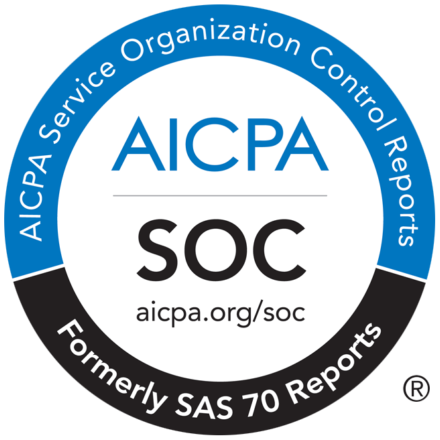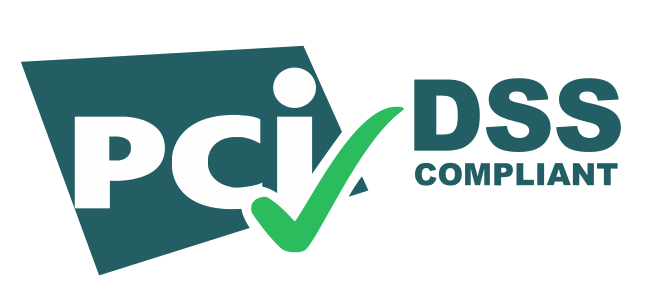Finding a job may be a rather challenging task, even at the stage of creating a resume. Sometimes, you may not know how to organize your CV properly or make the information about yourself attractive for a potential employer. In such conditions, a person may think that the best variant is to refer to cheating and all possible ways to simplify the work on a resume. Such people forget that recruiters of solid companies use plagiarism-checking tools while reviewing the resumes of applicants created in different MS Office formats. In this text, we will explain which situations may trigger such tools and how to use plagiarism checker for resume & how to avoid plagiarism
What is a Plagiarism Checker?
Plagiarism checking tools are applications used in a bunch of spheres to detect whether a text is original. Those applications can be used in any domain that involves writing. It helps to detect unfair journalists stealing the opinions of their colleagues, copywriters who want to present plagiarized content as unique or cheating students. You may be surprised, but plagiarism checking tools are also applicable to the sphere of recruitment. Such computer programs allow recruiters to determine whether an applicant was fair while composing a resume, or this person decided to copy other peoples’ information to make one’s CV more attractive for potential employers.
How Do They Work?
The principle of such applications is quite simple. Their databases are loaded with many hundreds of resumes from different applicants. Such databases continuously increase as more and more MS Office documents are reviewed with plagiarism checking tools. When you send a CV to a specific company that you want to work for, it is also checked with the help of such applications. All data from your resume is also added to their databases.
If a plagiarism checking tool indicates a high level of similarity between your CV and any other document found in such a database, it will indicate it and highlight the most problematic places. Also, such applications constantly develop, which makes them smarter. The most advanced tools can detect plagiarism in paraphrased sentences, regardless of the software. They may even highlight specific parts of a resume’s template as taken from other documents. Surely, this is not what one wants to have a place in his or her resume.
Avoid Templates
Let me tell you a secret. Recruiters of attractive companies may review dozens or even hundreds of resumes for a particular vacancy. The vast majority of such applications do not attract their attention at all. The point is that big numbers of applicants use non-custom templates for Word, Excel, or PowerPoint that make the design of their resumes identical, which can be indicated by plagiarism-checking tools.
The applicant who uses such a template will not necessarily be rejected. At the same time, such a resume allows questioning this person’s creativity and willingness to put some effort into one’s career progress. This situation looks especially savage when it comes to applications for a vacancy related to creative design. Remember that an applicant with a unique approach to the design of one’s CV will always have an additional advantage over the person who uses a template used by hundreds of other people.
Avoid Deception
The use of templates created by others is inappropriate when it comes to job application, but using the information from the resumes of other people is even more damaging for your career. You may think that you are smart enough to deceive recruiters and make up the information about your working experience. You can also “borrow” such information from another person’s resume.
If you do so, you can forget about your dream vacancy. Recruiters will, for sure, review your resume for plagiarism with a professional plagiarism-checking tool. Believe me, if there is any stolen information in your CV, they will detect it. Needless to say that no company will hire an employee who cheats and wants to deceive it even on the stage of a job application.
Be Unique but Not Weird
Actually, one of the most important points about your resume is that it has to be memorable. The more unique is your CV, the higher are the chances that you will attract the attention of recruiters, and their response to your application will be positive. Surely, you should not add completely irrelevant facts about yourself or even use bizarre designs in your resume in order to make it more unique. Remember, your resume has to be distinctive, but it also has to present you as a serious and confident professional.
Consider the example of a resume in which an applicant describes, for instance, his obsession with heavy metal concerts and one’s adventures during such events. Will it make his CV unique and memorable? Probably, yes. Will it increase his chances of getting a positive response to the application? If this man is not applying for the position of a reporter in a magazine about music — not at all.
Do Not Include Unnecessary Data
You should remember that, sometimes, it is better to tell less than tell too much with your CV. Do not try to impress recruiters with information about your activities in diverse workshops and additional educational courses. You should mention only the experiences that are really relevant and proved with appropriate certificates that can be attached to your MS Office document. Believe me, lots of applicants have experience of participating in such activities, which can make their resumes quite similar to yours.
Such affairs can easily trigger the plagiarism checker used by recruiters. Surely, they will, most probably, not doubt your participation in popular workshops and accuse you of plagiarism. At the same time, to be on the safe side, you should better avoid including too much information in your CV. The more non-unique data your resume contains — the higher are the chances that a plagiarism-checking application will indicate plagiarism in your CV.
Check for Plagiarism in Resume to be Safer
Surely, you should not think that your working experience is unique. Probably, there is another person or even people whose careers and skills are quite similar to yours. The most negative point about such situations is that any plagiarism checking application is very likely to detect the similarity between such a resume and your CV. As a result, you may be accused of deception, even in case when you honestly describe your working experience.
How to avoid such situations? Well, there is no better variant than to refer to an appropriate tool that will allow you to determine the level of your resume’s uniqueness. Such a resume checker will indicate parts of your resume that can be viewed as plagiarism. Surely, it can be used in diverse MS Office tools, such as Word, PowerPoint, and Excel. You will review problematic parts of your CV (if any) and will be much more secure about the uniqueness of your application.
Plagiarism checking tools have become a popular trend in the domain of recruitment. Such applications, working according to the database principle, allow recruiters to indicate information in a resume that has been plagiarized from any other MS Office document. To avoid potential problems, you should not use general resume templates and, for sure, avoid plagiarizing information from resumes of other people. Also, you should make your resume unique but still professional and relevant enough and do not include rather general unnecessary data. Finally, to be on the safe side, review your resume with an appropriate application before sending it to recruiters. If you adhere to such principles, plagiarism checkers used by recruiters will never become an obstacle to your career.

